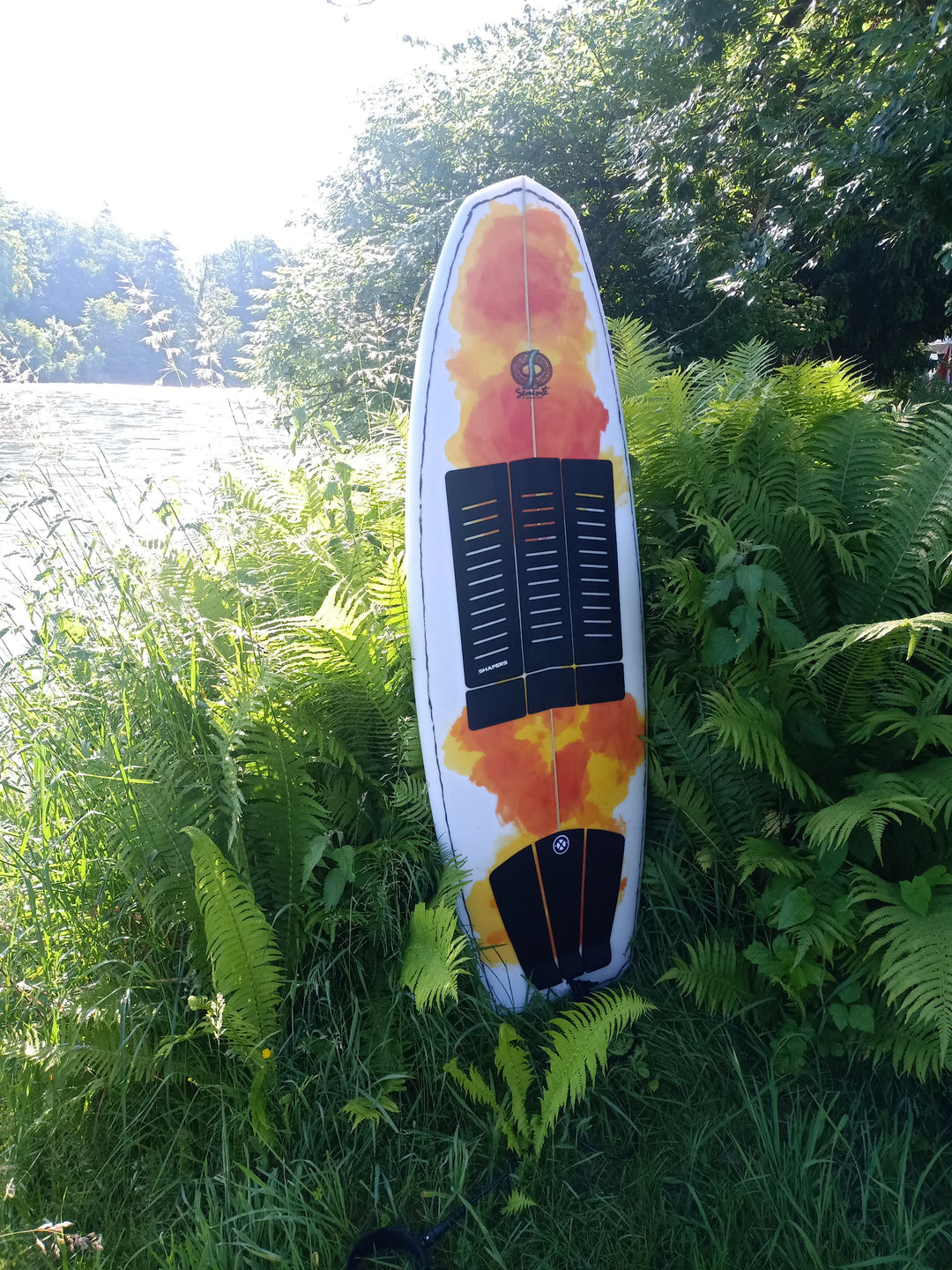Bodyboard purchase advice
Have you ever been to Brazil, Portugal or the Canary Islands? Then you've probably already seen them! Bodyboarder. From the outside it looks ultra fun; A bodyboarder whizzes through the waves on his stomach and often catches a barrel or two along the way. But how does it work and what else is there important to know about it? In this blog post you will find all the information you need.
What is bodyboarding and how does it work?
When bodyboarding, you ride down the wave while lying on the bodyboard. The bodyboard serves as a 'gliding surface' under the body so that you can vary the pace and do various maneuvers with it. Since surfing on a conventional surfboard often presents some hurdles such as the takeoff, these can be avoided with a bodyboard and you can have a lot of fun in a lineup without much surfing experience. This makes this sport particularly attractive for water sports beginners and children.Here you will find a video on how to surf your first waves.
What else do I need for bodyboarding?
Leash : The leash serves as a connection between the body and the bodyboard. Without the leash, the board could get lost or endanger other surfers/swimmers. In our shop you will find two types of bodyboard leashes; either for the wrist or the upper arm. The ones for the wrist are a little easier to attach, but they are less annoying when surfing on the upper arm. Bodyboard leashes are always coiled so that they don't get in your way.
Fins: Fins help you get into the lineup faster. When you surf a wave you can gain more speed with them. The fins also provide a lot of support when steering as you press them into the water and build up more pressure - comparable to the fins on a surfboard. If you want to buy fins, you should buy them as snug as possible so that they don't slip off your heels.
Surf wax: It is advisable to apply a thin layer of wax to the bodyboards before the surf session so that you do not slip. Choosing the right wax always depends on the water temperature. Here you can find out more about wax and which one you should buy.
Bags: If you're traveling with a bodyboard, the easiest way to transport it is in a bag! Since bags are usually rather large, in addition to the bodyboard, you also have enough space for wax, a leash, a bath towel and flip-flops.
There are different materials for bodyboards, here is a brief overview:
- Rigid foam polyethylene (PE for short): for colder waters and is therefore more suitable for European waters. Exists in different degrees of hardness and is the most common material. In order to achieve the desired rigidity, manufacturers use specially constructed cores.
- Polypropylene (PP for short): is a denser material and more suitable for warmer waters. In cold water, the stiffness of the PP board increases, which can result in the necessary flexibility being lost. Due to its density, PP is less sensitive to water penetration and more durable than PE. But the material is extremely expensive.
- EVA (foam polystyrene): is the cheapest material and, depending on the processing, can be used to make bodyboards. However, the replicas from the supermarket are only partially suitable for bodyboarding and are not suitable for waves.
As with surfing, it is extremely important that you research the surf spot in detail before entering the water for the first time. Currents are often difficult to see from the beach, which is why it's best to ask a local for information first. Safety and fun always come first!
Finally, here's a video of what it might look like for you in the future :-)
If you have any other questions, please do not hesitate to contact us directly in the shop.






